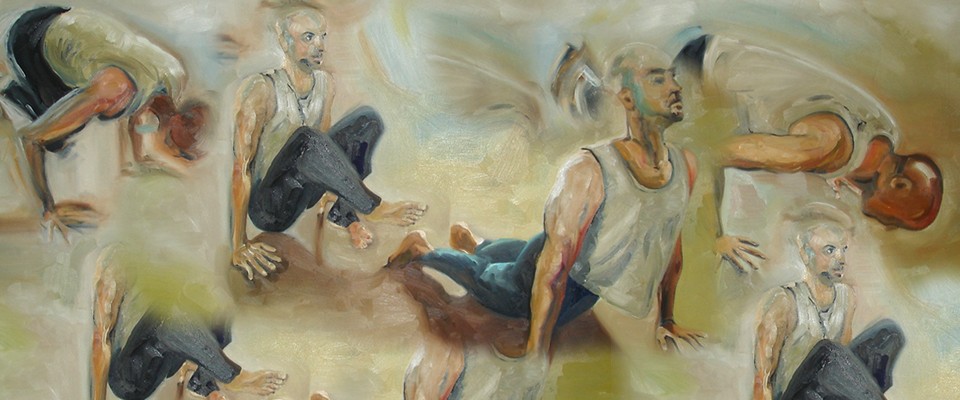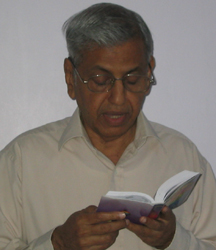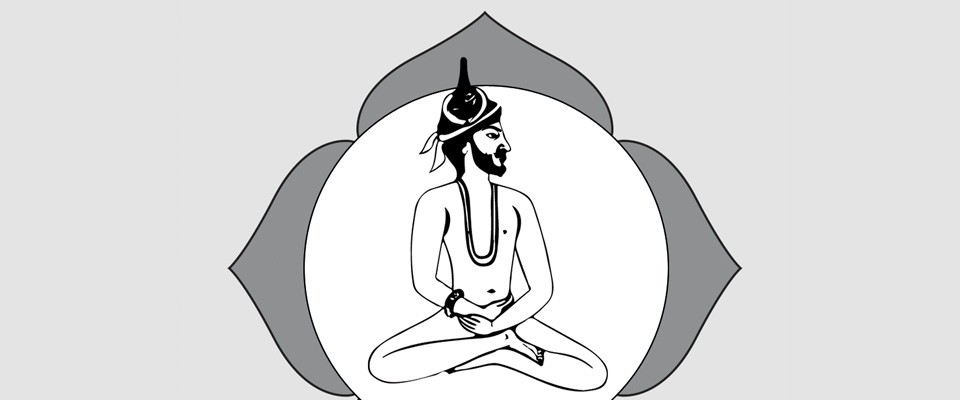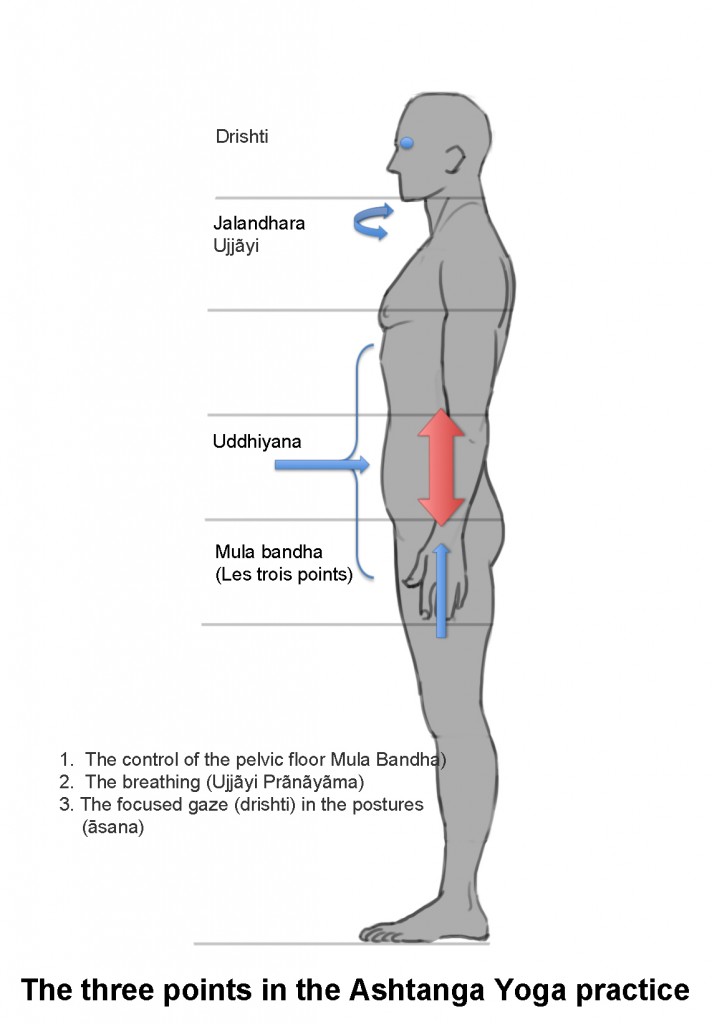In Ashtanga Yoga practice (Yoga Korunta), there is a precise progression, established with a lot of wisdom, in order to address a posture add also to come out of it. This is called Vinyāsa Krama.
The postures are connected one with another by mini-sequences or complete sequences from the sun salutation (Surya Namaskara).
In Ashtanga Yoga, the postural work and the Viniyasa have equal importance. At first, we see the postural learning with a simple chain/sequence. Once the postures are known comes the sequences/chaining teaching (the complete Viniyasa).
«Integrating the spirit, body and breathing functions . . . A yogi will know the true joy of the yoga practice . . .Vinyāsa Krama yoga strictly follows the most complete
definition of classical yoga ».
Srivatsa Ramaswami
There are two important factors.
- All the postures (āsana) are in an unchangeable order.
- As beautifully taught by Sri K. Pattabhi Jois, there are a precise number of synchronised breathing and movement transitions that connect each position (āsana).
The process of Vinyāsa Krama produces an intense internal heat (tapas) that allows purification, and elimination of toxins in the muscles, the organs and the mind. The result is a light body that breaths profound peace, strength and joy.
Practice of Yoga mālā is a true precision work (from latin prae-cisus), in other words «without scission», without division of breathing, movement, concentration, rhythm etc. It is a work of reunification, of unification.




